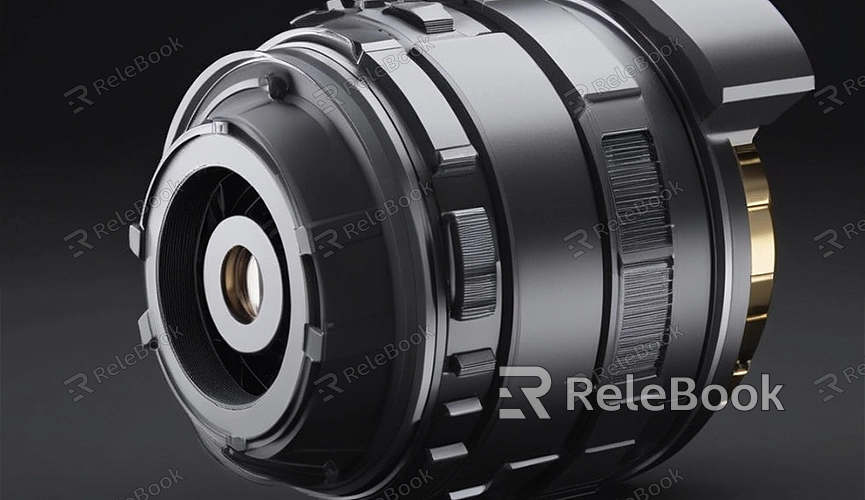How to Design Your Own 3D Print Models
The advancement of 3D printing technology has opened doors for everyone to design and create their own 3D printed models. Whether for personal hobbies, creative projects, or commercial purposes, mastering the art of designing 3D print models offers limitless possibilities. Today, we'll explore how to design your own 3D print models, offering practical advice for beginners to experienced designers alike.
Choosing the Right Software
Firstly, you need to select 3D modeling software that suits your needs. There are many options available, such as Blender, Tinkercad, Fusion 360, and more. For beginners, Tinkercad is an excellent starting point due to its simplicity and powerful features. Blender and Fusion 360, on the other hand, are suitable for those with some 3D modeling experience who wish to tackle more complex designs.

Learning Basic Modeling Techniques
Once you've chosen your software, the next step is to learn basic modeling techniques. You can learn through online tutorials, video courses, or by taking relevant classes. Mastering fundamental geometric operations like extrusion, rotation, scaling, and boolean operations forms the foundation for designing 3D print models.
Starting with Simple Projects
When starting out, avoid designing complex models right away. Begin with simple projects such as designing a keychain, phone stand, or basic decorations. These projects not only help you get hands-on quickly but also build your experience through practical application. As your skills grow, you can gradually venture into more intricate designs.
Considering Printing Materials and Techniques
In designing 3D print models, you must consider the printing materials and techniques you'll use. Different materials have varying characteristics such as strength, flexibility, and heat resistance. These properties will influence your design and the final print outcome. For instance, PLA is a common 3D printing material known for its ease of use and environmental friendliness, suitable for printing simple models. On the other hand, ABS offers higher strength and heat resistance, ideal for printing more complex and durable items.
Detail and Accuracy
Detail and accuracy are crucial when designing 3D print models. Extremely fine details may not translate well into the print, while overly rough designs can affect the model's appearance and functionality. Therefore, strike a balance between detail and accuracy during the design process to ensure your model is both aesthetically pleasing and practical.
Testing and Optimization
After designing, refrain from immediate printing. Conduct virtual tests first to check for structural issues or potential printing difficulties. Use preview features within your software to simulate the printing process, identifying and addressing issues before actual printing. Continuous testing and optimization will refine your design to perfection.
Using High-Quality Resources
During the design process, leveraging high-quality 3D textures and HDRI can significantly enhance your model's appeal. If you need numerous high-quality 3D textures, HDRI, or 3D model downloads for your creations, you can download them from Relebook and directly integrate them into your models. Designing your own 3D print models is not only a creative process but also a profoundly rewarding experience. Through continuous learning and practice, you'll find your skills improving, resulting in increasingly refined and functional models.

